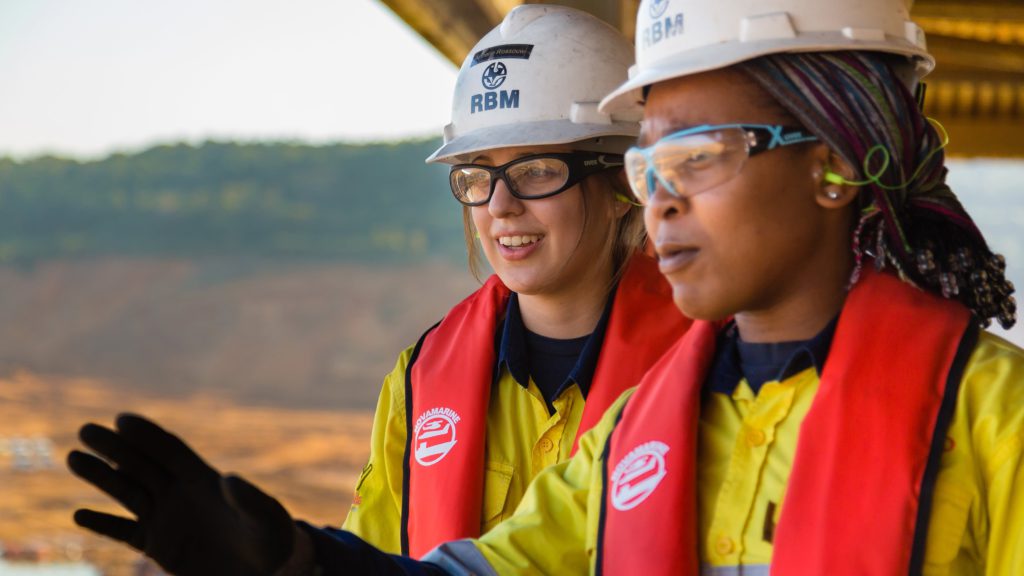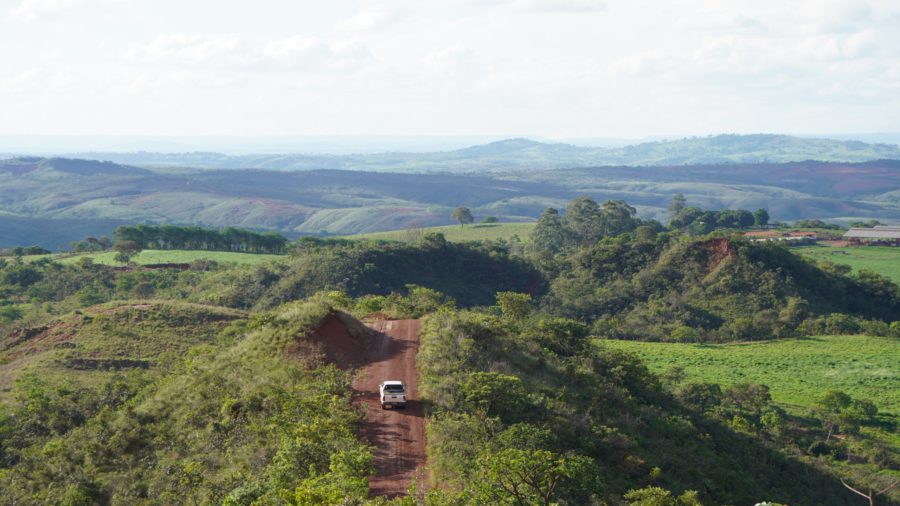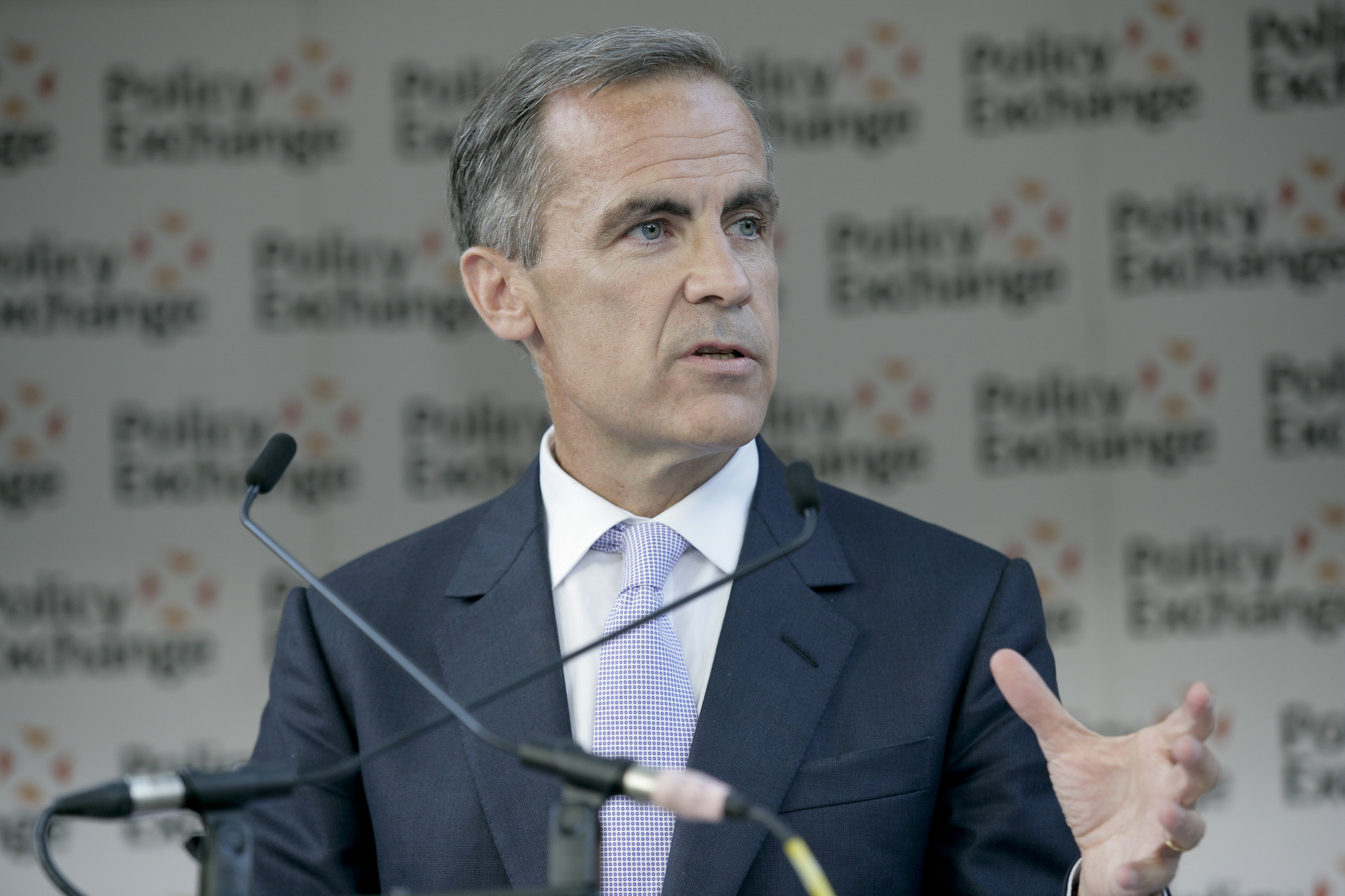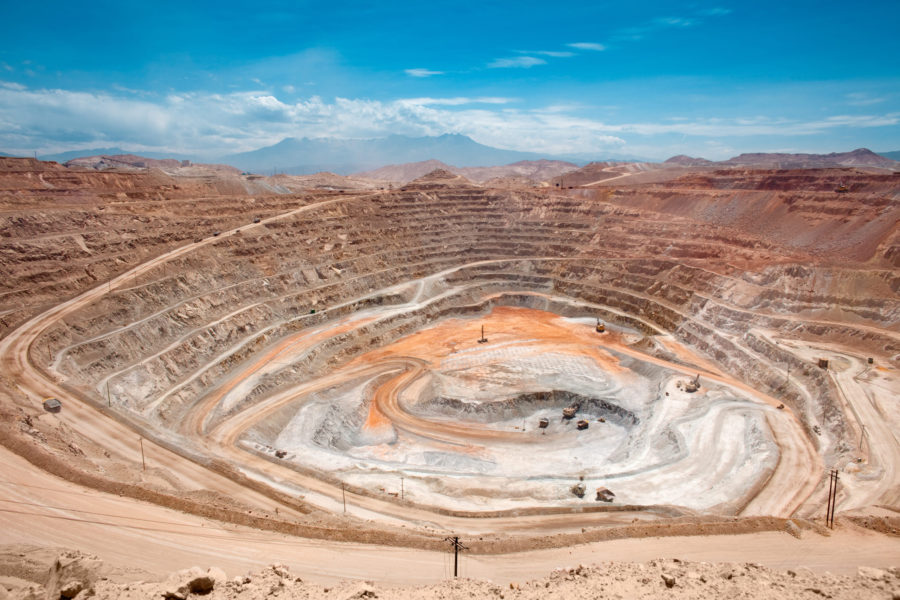Rio Tinto to study using hydrogen in alumina refining in green push

Rio Tinto plans to study using hydrogen instead of natural gas for heat in alumina refining backed by the Australian government, as the global miner and the country look for ways to cut carbon emissions.
The Australian Renewable Energy Agency (ARENA) said on Wednesday it would provide half the funds for the A$1.2 million ($925,000) study, in which Rio Tinto plans to simulate the calcination process — which forms alumina at high heat — at its technology laboratory in Melbourne.
“Exploring these new clean energy technologies and methods is a crucial step towards producing green aluminum,” ARENA Chief Executive Officer Darren Miller said in a statement.
Australia is the world’s second-largest producer of alumina, which is refined from bauxite. Alumina is smelted to produce aluminum.
The alumina sector accounts for nearly a quarter of Australia’s carbon dioxide emissions from manufacturing, so the government is eager to find ways to cut the industry’s 14 million tonnes of annual emissions.
Rio Tinto, which accounts for about one-third of Australia’s alumina production capacity, said along with the lab study, it would do preliminary design work on a potential demonstration project at its Yarwun alumina refinery in Queensland.
“We recognise we are on a long road towards reducing emissions across our operations and there is clearly more work to be done,” Rio Tinto Aluminum Pacific Operations acting managing director Daniel van der Westhuizen said.
ARENA last month backed a A$28 million study by Alcoa Corp to develop a process using renewable power to run compressors to turn waste vapour into steam, a technology known as mechanical vapour recompression (MVR).
Among Australia’s emissions intensive exports, alumina and aluminum would be the most at risk from carbon border tariffs which the European Union is set to announce in July, according to the Australia Institute think tank.
($1 = 1.2968 Australian dollars)
(By Sonali Paul; Editing by Rashmi Aich)
More News
Resouro boosts titanium resource by 37% at Tiros project in Brazil
Total resources are now 1,400 Mt1 at 12% TiO₂ and 4,000 ppm TREO, the company said.
April 09, 2025 | 04:37 pm
Prime Minister Mark Carney vows to speed permits, make Canada energy superpower
The Liberal Party leader said at a campaign stop in Calgary that his government would create a Major Federal Project Office with a “one project, one review” mandate.
April 09, 2025 | 03:34 pm
Peru mining chamber sees copper output up 2-4% this year
That would put Peru's copper production between 2.79 million and 2.85 million metric tons.
April 09, 2025 | 02:53 pm
{{ commodity.name }}
{{ post.title }}
{{ post.excerpt }}
{{ post.date }}




Comments